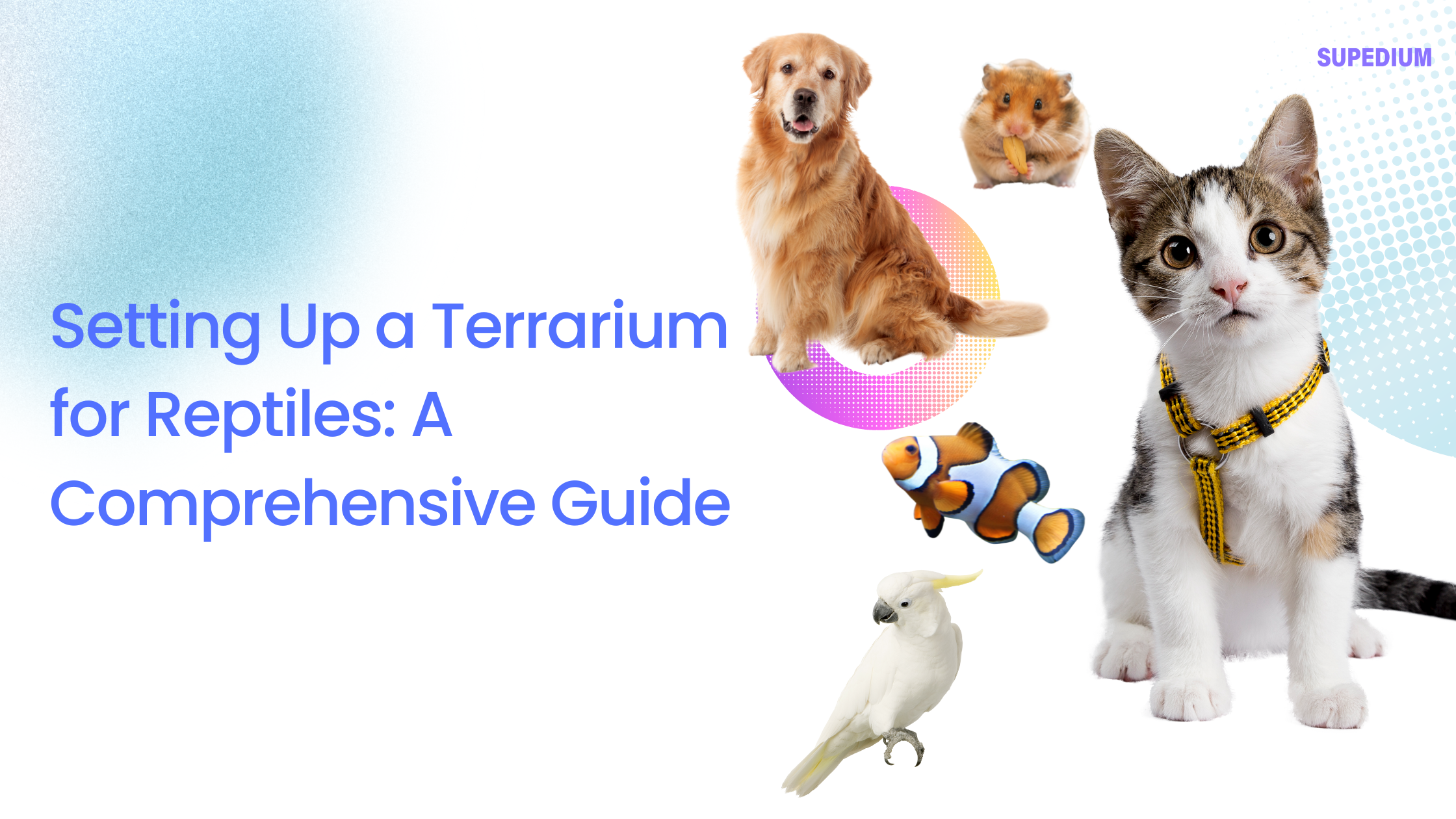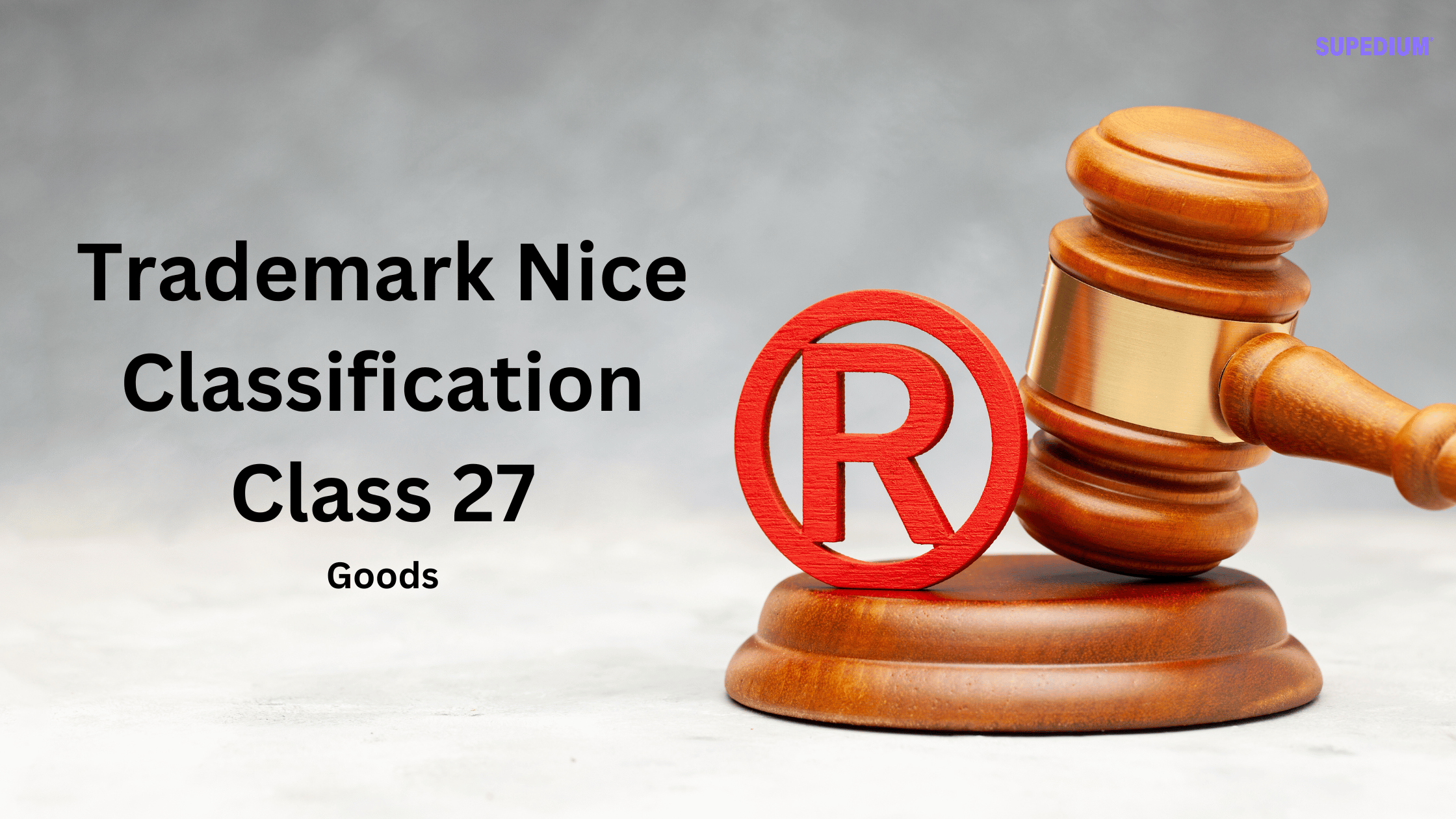Table of Contents
![]()
Creating a suitable terrarium for reptiles is crucial to their health and well-being. This guide provides a detailed overview of the essential components, planning, and care required to set up an optimal habitat for your reptilian friend.
Introduction
Purpose of the Terrarium
A terrarium serves as an artificial environment designed to mimic the natural habitat of reptiles. It provides a controlled space where reptiles can live comfortably, ensuring their physical and psychological needs are met. This setup not only supports their health but also allows them to exhibit natural behaviors, which is essential for their overall well-being.
Benefits of a Well-Set-Up Terrarium
A well-designed terrarium promotes natural behaviors, such as basking, climbing, and hiding, which are important for the reptile’s mental and physical health. It supports proper growth and development by providing appropriate environmental conditions. Additionally, it helps in reducing stress and potential health issues, contributing to a longer, healthier life for the reptile.
Planning and Design
Choosing the Right Reptile Species
Before setting up a terrarium, it’s essential to research the specific needs of the reptile species you plan to keep. Different reptiles have varying requirements regarding habitat size, temperature, humidity, and diet. Understanding these needs ensures that you can provide an appropriate environment that supports their health and well-being.
Selecting the Terrarium Size and Type
The size of the terrarium should be suitable for the species you are keeping. Larger reptiles need more space to move around, while smaller species can thrive in smaller enclosures. Terrariums come in various types, including glass tanks, acrylic enclosures, and custom-built setups. Choose the type that best fits your needs and provides a good view of the reptile.
Location and Placement
Position the terrarium in a location that maintains a stable room temperature and offers appropriate lighting. Avoid placing the terrarium in direct sunlight, as this can cause temperature fluctuations, and keep it away from drafts to prevent sudden changes in temperature. Ensure easy access for maintenance and observation.
Essential Components
Substrate
The substrate is the material covering the bottom of the terrarium. Common options include soil, sand, reptile carpet, and newspaper. The choice of substrate should be based on the reptile’s natural habitat and ease of cleaning. For example, desert-dwelling reptiles might prefer sand, while tropical species might need a more humid substrate like soil.
Heating
Proper heating is critical for reptiles as they rely on external heat sources to regulate their body temperature. Heat sources include heat lamps, under-tank heaters, and heat mats. It is essential to create a temperature gradient within the terrarium, providing both a warmer basking area and a cooler zone. Use thermostats to regulate temperatures and ensure they remain within the optimal range for the species.
Lighting
UVB lighting is crucial for reptiles as it helps in Vitamin D synthesis, which is necessary for calcium absorption and bone health. Basking lights simulate sunlight and provide warmth. Maintain a regular light cycle with approximately 12 hours of light and 12 hours of darkness to mimic natural day-night cycles. Ensure that the lighting setup meets the specific needs of the reptile species.
Humidity and Water
Different reptiles have varying humidity requirements. Use humidity gauges to monitor levels and ensure they are within the appropriate range. Misting systems, humidity trays, or water dishes can help maintain the necessary humidity. Always provide clean water, and ensure the water dish is large enough for the reptile to drink from and bathe in if needed.
Decor and Enrichment
Hiding Spots and Shelters
Reptiles need hiding spots to feel secure and reduce stress. Provide various shelters such as caves, logs, or artificial plants. These hiding spots mimic natural environments and give reptiles a place to retreat when they feel threatened or need privacy.
Climbing Structures and Furnishings
Many reptiles, especially arboreal species, require climbing structures to thrive. Include branches, vines, and other climbing aids in the terrarium to support natural behaviors. Arrange these structures to provide a variety of climbing options and create a more engaging habitat.
Substrate and Environmental Features
Decide between a naturalistic or artificial setup based on your preference and the needs of your reptile. A naturalistic setup mimics the reptile’s natural environment with real plants and rocks, while an artificial setup uses synthetic materials. Both types can be visually appealing and functional, depending on how well they meet the reptile’s needs.
Maintenance and Care
Cleaning Routine
Regular cleaning is essential to maintain a healthy environment. Perform spot cleaning to remove waste and uneaten food daily. Schedule deep cleaning sessions to disinfect the terrarium and replace the substrate as needed. Clean water dishes and other accessories regularly to prevent the growth of harmful bacteria.
Health Monitoring
Regularly monitor your reptile’s health by observing their behavior, appetite, and physical condition. Look for signs of illness or stress, such as changes in skin color, lethargy, or abnormal eating habits. Adjust habitat conditions as necessary to address any issues and consult a veterinarian if needed.
Feeding and Diet
Research the dietary needs of your reptile species and provide a balanced diet that meets their nutritional requirements. Offer food items in appropriate sizes and frequencies, and include supplements if necessary. Maintain a feeding schedule and monitor your reptile’s health to ensure they are receiving the proper nutrition.
Common Mistakes and Troubleshooting
Temperature and Humidity Issues
Incorrect temperature or humidity levels can lead to health problems. Signs of these issues include lethargy, excessive shedding, or respiratory problems. Use thermometers and humidity gauges to monitor and adjust conditions as needed. Ensure that heating and humidity equipment are functioning correctly and make adjustments to the setup if necessary.
Behavioral Problems
Stressful behaviors in reptiles, such as aggression or hiding excessively, can indicate problems with the terrarium setup. Ensure that the environment provides adequate hiding spots, climbing structures, and appropriate temperature and humidity levels. Make necessary changes to address any stressors and observe if the reptile’s behavior improves.
Pest and Parasite Control
Common pests and parasites, such as mites and worms, can affect reptiles. Regularly inspect your reptile and their habitat for signs of infestation. Prevent pests by maintaining a clean terrarium and using appropriate treatments if needed. Consult a veterinarian for advice on pest control and treatment options.
Share This





Be the first to comment